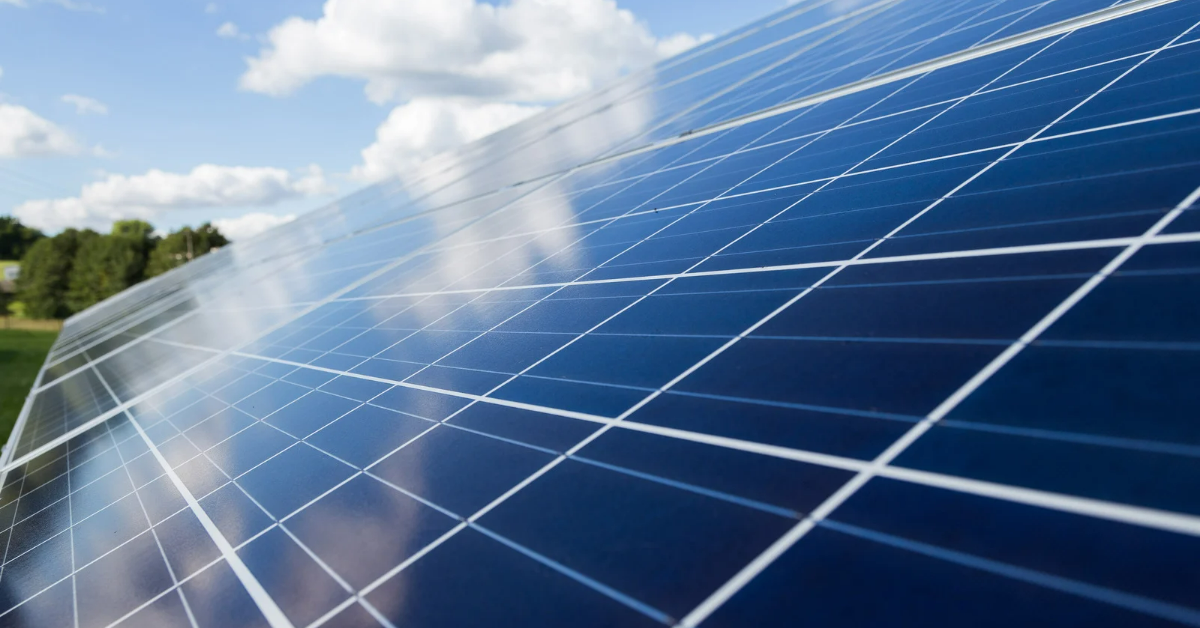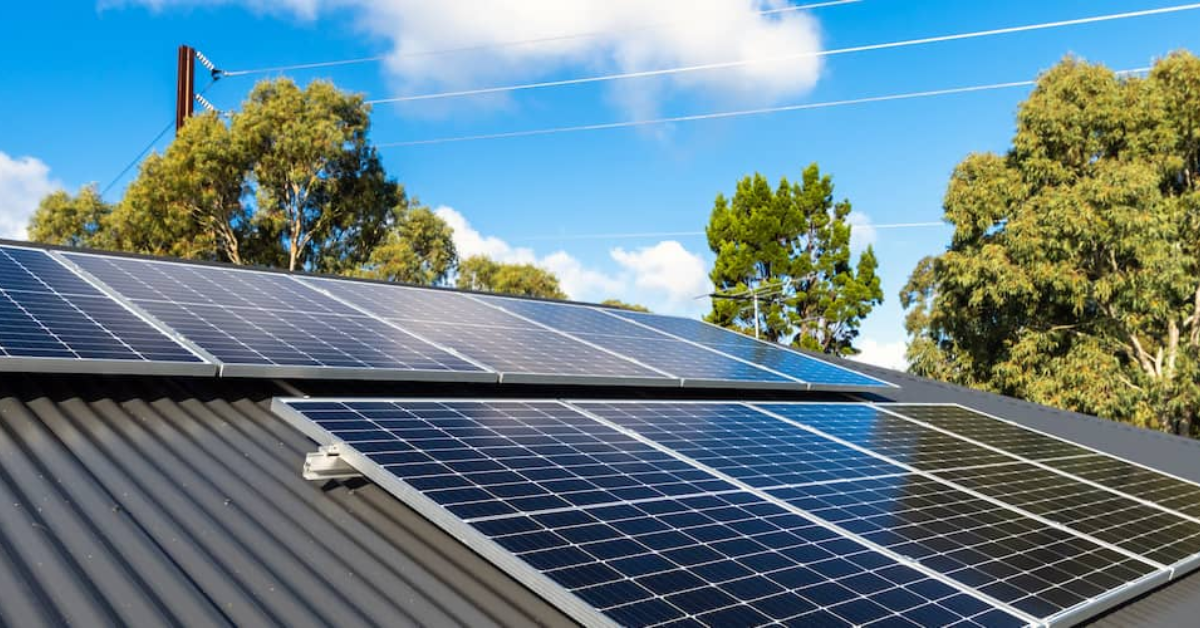S.11 (5) of Guyana’s Environmental Protection Act declares that every environmental impact assessment shall contain the following information: – (b) an outline of the main alternatives studied by the developer and an indication of the main reasons for his choice, taking into account the environmental factors. One therefore expects to find studies of the alternatives to the Gas-to-Energy Project (GtE). But there are no studies to be found.
Page 155 of Volume 1 of the EPA’s GtE EIA says: “EEPGL and the Government of Guyana have considered alternative sources of energy, including alternative fuel sources for supplying the government’s planned Power Plant. A thermoelectric power plant could be fueled by natural gas, biomass (e.g., wood residuals), or bagasse (sugar cane residuals). Power could also be generated by solar, wind, or hydropower generation facilities. The potential power generation via solar, wind, and biomass sources has been estimated at 88 megawatts (MW) over the next 5 to 10 years, compared to 204 MW via natural gas (K&M Advisors 2019).”
Every attempt to contact K&M Advisors on their website was frustrated by the incapacity of the website itself. No wonder: the writers of the EIA do not understand what a study is. They replace arithmetic with political assertions and speculations of what “could” be. Here is something simple they refuse to study. Guyana has 214 000 sq. km of area. Covering only a tenth of it with solar panels at a low 100 W per sq. metre can generate 2.14 terawatt or over seven thousand times the 300 MW of the GtE Project. Georgetown alone has 70 sq. km. covering only a tenth of that area (on rooftops, of course) can likewise generate 700 MW, which is more than twice the power of the GtE. Therefore, it is utterly ridiculous to conjure up an 88 MW in the EIA for the sole purpose of dismissing it.
I have put out figures publicly to show, so far irrefutably, that solar power with battery storage for 2 rainy days is by far the least expensive energy alternative that requires no large capital if it is rolled out as the oil money comes in. Mr. Brassington’s US$55 million per year is only for the pipeline. The gas has to be processed and electricity has to be generated, so we can add another US$1B to that, bringing it to US$2.1B. Other costs, which I considered in 2021, were the Transmission and Distribution costs, which only now the Prime Minister is considering in seeking to upgrade GPL. The country has to pay for that too, but we don’t see it under GtE. In fact, we don’t see anything except what the government chooses to reveal of the mystery of what Guyanese will be paying for.
The extra 300 MW has to be managed centrally along with the current 150 MW. If they can’t manage 150 MW, how will they cope with 450 MW? I have great respect for the local engineers and technicians at GPL. But they can only fix what they are given. It is the overall vision that is defective. Based on current performance, politicians have no clue whatever of the expense of the equipment and expertise to set up and operate such a system.
A competent petroleum commission could be tasked with ensuring that the country has the capacity to absorb the 300 MW when it comes on stream. We don’t want to hear excuses if the 300 MW can’t be used when it comes on stream. But does the government want such competences? Qualified Guyanese from overseas ask me if there are jobs for their expertise. I tell them to apply to the Oil Companies and the Government agencies (not using me as a reference). But I never hear they got employed. I hope they don’t have to pledge allegiance to anything other than Guyana.
Sincerely,
Alfred Bhulai











